UTS professors Charles Rice and Amanda Clarke are captivated by this year’s less-publicised exhibitions.
November 10th, 2010
Belgian Pavilion
The Belgian Pavilion proved to be a welcome surprise, able to be as much at home in the Art as the Architecture Biennale.
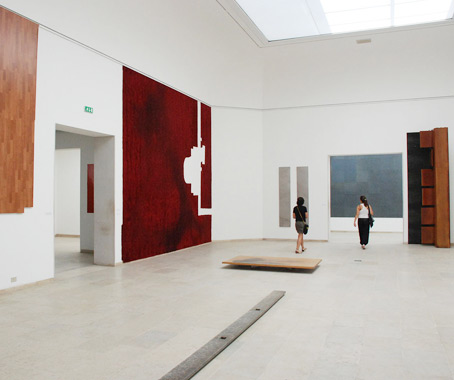
Architects and anthropologists Rotor presented used materials as if they were minimalist sculptures or abstract images. A deconstructed white plinth could be a homage to Robert Ryman, a set of stair treads a nod to Donald Judd, or a kerb edge from a metro station a celebration of Carl Andre.
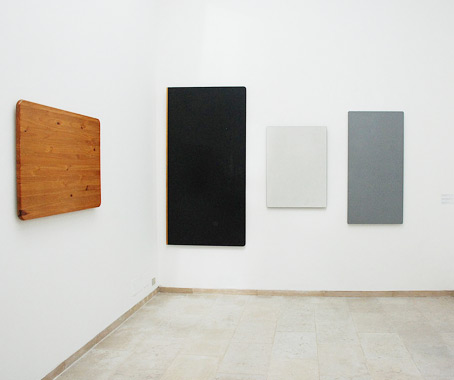
While such a presentation, seen architecturally, could simply be dismissed as another version of the poetics of everyday materials, the precision of the installation and the dryness of the wall labels produced a distancing effect. There was no ‘essential materiality’ on show here, but rather a strange and beautiful reinvestigation of surfaces in the context of their display as art.
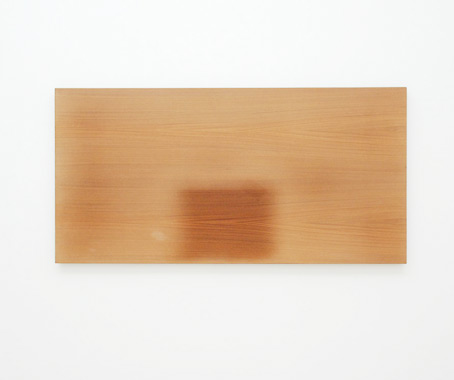
Dutch Pavilion
The Dutch Pavilion, entitled Vacant NL, exhibited the results of urban research into the potential reuse of unoccupied buildings.
We have come to expect a rather dry presentation of facts and figures in these sorts of research-based exhibitions, but the Dutch team of Rietveld Landscape managed literally to ‘model’ the extent of Holland’s unoccupied buildings as an urban field, an entire blue-foam city.
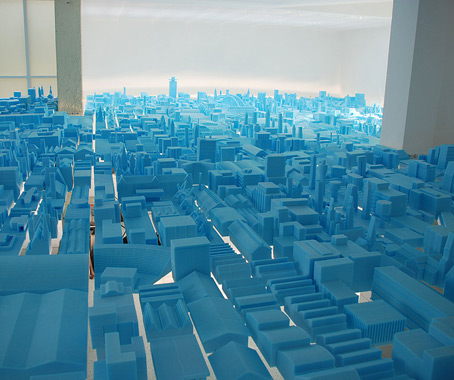
Through their promotion of the idea of interim or temporary use, this modelling provided a palpable image, and entire city of new activity able to be extracted from existing building stock.
The political strategy of the pavilion was also interesting to observe. Rather than being a set piece of professional propaganda or achievement, the Dutch pavilion, commissioned by the Netherlands Architecture Institute, constructed a precise and deliberate argument in the context of the emerging innovation policies of the Dutch government.
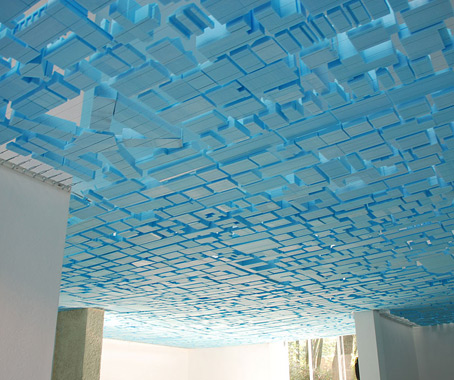
French Pavilion
French architect Dominique Perrault is the curator of the French Pavilion this year. His project tackles the topic of “Metropolis.”
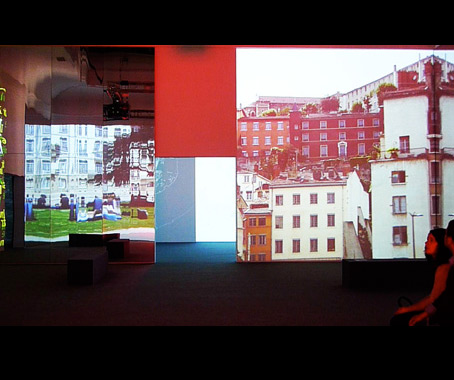
The theme aimed to demonstrate that a metropolis itself is not a city but rather a territory mostly comprised of empty and available spaces. Consequently, the perception of these voids as the places where all possibilities can still be realized guides the approach to the subject and overall exhibition design of the pavilion.
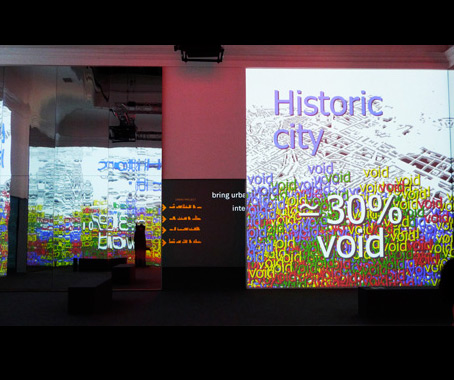
Walls of the pavilion were covered from floor to ceiling with film projections, promoting a sense of virtual inhabitation of the 5 French territories in question. The interplay of screens and mirrors exponentially increased images and sensations, placing the participant in an immersive sensory environment with little choice but to engage with the discourse being proposed.
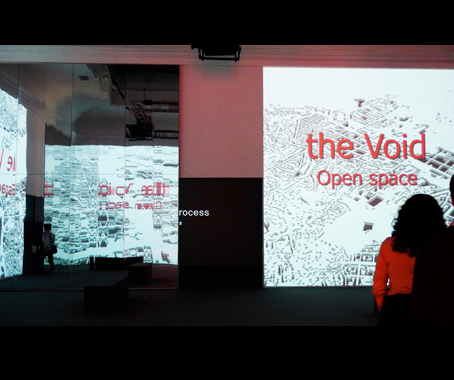
Though at times the message was a little overstated and sensationalized, the proposal was well produced, and dare I say entertaining. The strength of this exhibit lay in its integrated approach to the subject, and demonstration of this approach through the exhibition design.
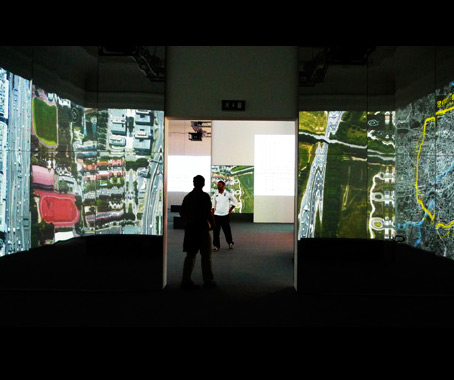
For more on the Venice Biennale, visit Amanda Clarke’s blog:
arch-exhibit.blogspot.com
INDESIGN is on instagram
Follow @indesignlive
A searchable and comprehensive guide for specifying leading products and their suppliers
Keep up to date with the latest and greatest from our industry BFF's!

In this candid interview, the culinary mastermind behind Singapore’s Nouri and Appetite talks about food as an act of human connection that transcends borders and accolades, the crucial role of technology in preserving its unifying power, and finding a kindred spirit in Gaggenau’s reverence for tradition and relentless pursuit of innovation.

In design, the concept of absence is particularly powerful – it’s the abundant potential of deliberate non-presence that amplifies the impact of what is. And it is this realm of sophisticated subtraction that Gaggenau’s Dishwasher 400 Series so generously – and quietly – occupies.

Showing the international power of the program, the Red Dot Design Awards shone a light on the design community for another year of celebrations. Along with top-notch product design.
Australian architect, Louise Cox, has been appointed President of the world’s peak architecture body – the International Union of Architects (UIA).
The internet never sleeps! Here's the stuff you might have missed

This clever conversion of a commercial building to a university campus is setting a new benchmark in rethinking vacant city sites.

In commercial spaces, flooring is more than just a surface – it’s a foundation for how people experience a space.